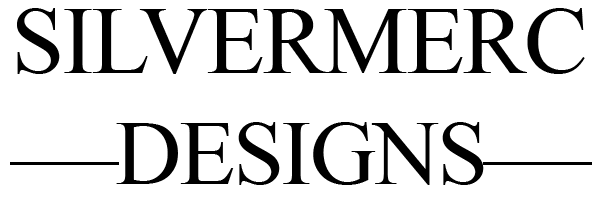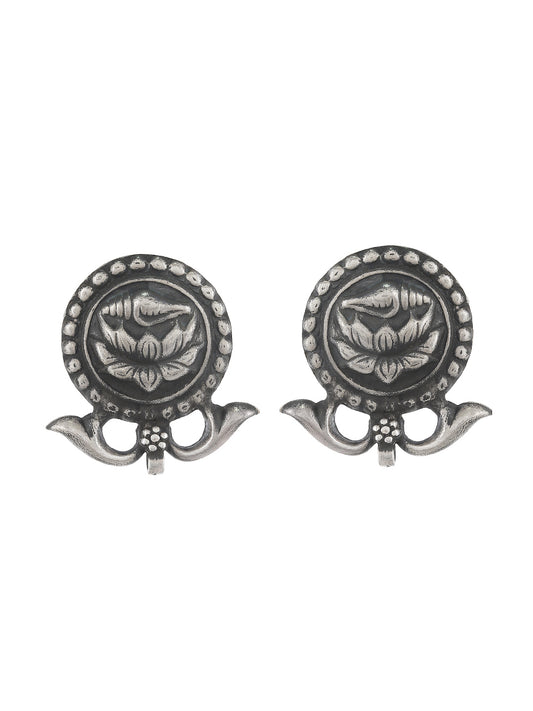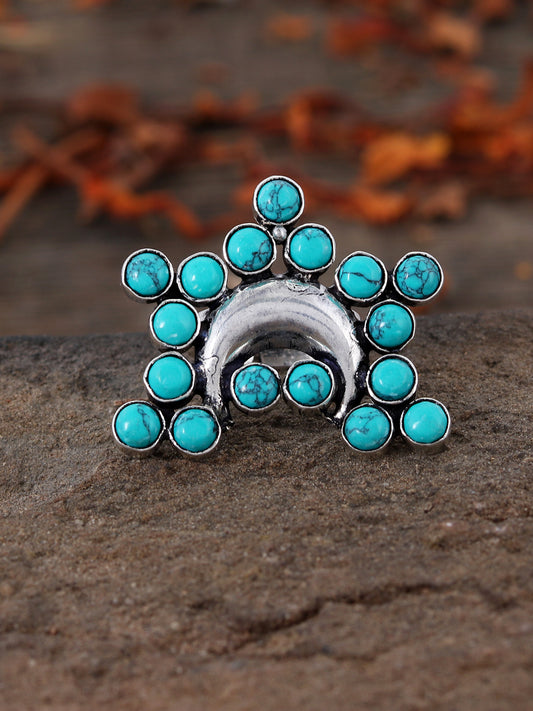Kanzashi (簪) is a hair ornament of traditional Japanese hairstyles. kanzashi refers to a wide range of hair accessories, like rigid hairpins, hair sticks, barrettes, fabric flowers & fabric hair ties.
In Europeans, kanzashi is used to describe hair ornaments made from
layers of folded cloth to form flowers (tsunami kanzashi), a technique of folding which is used to make the flowers.
As per historic data, Kanzashi was used in Japan during the Jōmon period. In the Jomon period, a single thin rod or stick in hair was considered to hold powers to ward off evil spirits. Thus Japanese people wear them in their hair for protective purposes. Hair Combs also came into existence during the Jomon period.
During the Japanese Heian period, hairstyles changed from worn up to worn long and tied back lower. In this period, Kanzashi became a general term for any hair ornament, like a comb, or hairpins.
During the Azuchi-Momoyama period, hairstyles changed from the taregami (垂髪) style to hairstyles on the middle of the crown like predecessors of modern nihongami styles in which more hair ornaments were used.
In the Edo period, Kanzashi became more popular when hairstyles became larger and more complicated. At this time, more n more hair ornaments came into fashion. Artisans made beautiful hair pins, hair combs, and sticks, which could be used as defensive weapons too. Here the Kanzashi was crafted with superior craftsmanship and they are widely used in modern days too. Kanzashi are bought by tourists to Japan as souvenirs and gifts.
Japanese Hairpins popularly known as Kanzashi are one of the most well-crafted, colorful, and decorative hair accessories. Kanzashi are widely associated with geisha and brides. With the increase in theme weddings and functions, elegant Japanese hair accessories are taking up their place in the international fashion world. Let's explore the fascinating history behind this elegant hair jewelry. After reading this you will want to buy one. Don't worry Brands like Silvermerc Designs are exploring the histories of the world to introduce ethnic jewelry back into the fashion trends.
So you can buy your first Kanzashi hair accessory from here.
The hairpins like kanzashi originated a thousand years ago when Japanese women started wearing their hair in an elaborate coiffed style, rather than the long, straight taregami style. As mentioned in The Tale of Genji and poetry through the ages, kanzashi have a long history and culture behind them. Hair Accessories grew so vogue that laws were made against them in the homes of the shogun, as their pointy tips made them a potentially lethal weapon!
There are various styles of Japanese hairpins, the colorful Hana kanzashi are most commonly used by the bride. The flowers of the kanzashi accessory complement the seasonal changes throughout the year. Contemporary kanzashi are of two types: Katsuyama is larger ornaments placed on top of the head and floral kanzashi pins, or the dangling daikan hairpins, are placed lower down.
Hana which means Flower kanzashi changes with the seasons, the flowers selected are an important part of the culture. Following are the twelve months and their respective flowers:
January: January designs are full of colorful winter flowers and green leaves like chrysanthemums, bamboo, and ume blossoms.
February: The month of February focuses on the spring season and celebrating love with loads of pink, white and red ume blossoms of different shades.
March: Narcissus, Peony flowers and Rapeseed Happy, yellow hues abound in March Hana Kanzashi.
April: In the sakura season cherry blossom flowers are the iconic staple of beautiful Hana kanzashi pins.
May: In full springtime, purple and blue hues from irises, wisteria, and peonies are used in Hana kanzashi.
June: It’s the summer festival season so you’ll find pins decorated with colorful fans, usually the round uchiwa style. The fans will often be decorated with petals and dragonflies.
July: In the rainy season, the trailing willow leaves make attractive pins.
August: A starburst, morning glory, or susuki grass is used for late summer designs.
September: The purple and pink bellflower Hana kanzashi is preferred in September. You can also find other fall flowers like chrysanthemums and bush clover too
October: Red and Pink shades are typically used in pins.
November: The gorgeous yellow, red, and green hues of the maple leaf trail these beautiful Hana kanzashi. They are one of the most eye-catching hair accessories.
December: December is the winter Christmas season. The red flower predominates accessories in winter.
In traditional Japanese crafts, the process of creating handmade Hana kanzashi is painstaking and requires lots of skill and patience. The flowers are typically made using plain-weave silk named habutae, thin starched silk which is increasingly hard to make as the traditional tools and starch is required to create it become harder to find. The flowers are traditionally made using the tsunami (pinching) method. Every individual silk square is starched, pinched into a petal, and added to a paste before being used to make a flower on a base. Each flower is left to dry for 24 hours before the final decorations like colored thread, and white tips bring the flower to life.
The flowers are now attached to a pin with low-twist colored silk thread called Hiro Ito and wire. The thread differs according to the flowers being used so for plum blossom pink, the red and yellow thread is used. And the pink thread is used for cherry blossom pins. Overall, this gives the pin a finished pin. Finally, the last adjustments are done with tweezers, like angling the petals or adding bura, attractive blossoms, or leaves that dangle from some hairpins.
The most famous selection of Kanzashi, the Japanese style Hair accessories are:
Tama-Kanzashi: It is a simple hairpin and is very popular. Ta ma Kanzashi features a wooden or metal stick with a ball at the end that may be carved or plain. Hair Stick with a colorful Bead can be used in a hair bun and multiple hair styling.
Kanoko Dome: They are rounded or tube-shaped and are made of fabric decorated with things like pearls gems, and flowers. It is usually worn in wareshinobu hairstyle by Japanese ladies.
Kushi: Often used along with Hana kanzashi, the Kushi simply means comb and is often made from wood and nowadays plastic. Kushi slot into the hair easily and keep hair intact. Kushi is decorated with gems or silk flowers.
Ogi: Ogi is commonly known as princess-style, these hairpins are usually made of metal. They are in a fan shape with imprints or engravings on the fan. They also have decorative dangling attached.
Bira-Bira: It is a musical eye-catching hair accessory, these types of hairpins have dangling attachments which may also include bells or metal pieces that may produce gentle sounds in wind.
How should you wear a Kanzashi?
Hana kanzashi is a purely decorative flower hair comb and can be worn with most hairstyles.
They’re generally put at the back of the head, halfway down,
One of the most popular ways to wear Flower Haircomb is with an updo hair bun.
Flower Hair comb (Hana Kanzashi) can also be tucked into pinned-up curly hair.
The Hana kanzashi adds a multi-dimensional splash of color and dignity to any style. so just get creative! Girls with short hair can use Hana kanzashi, by pinning up a portion of the front hair and placing Hana kanzashi.
So lets deck up with hirauchi Kanzashi, Tama Kanzashi or Hana Kanzashi. Girls this is one of the most basic hair ornaments every ladies wardrobe should have. Shop for your KANZASHI - The Japanese Hair Accessory from Silvermerc Designs.





